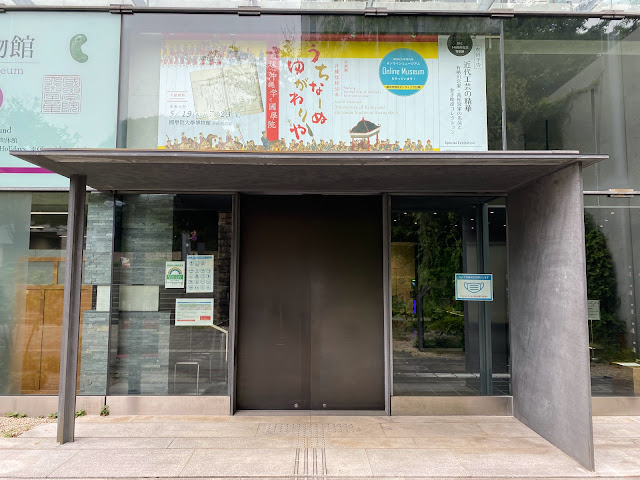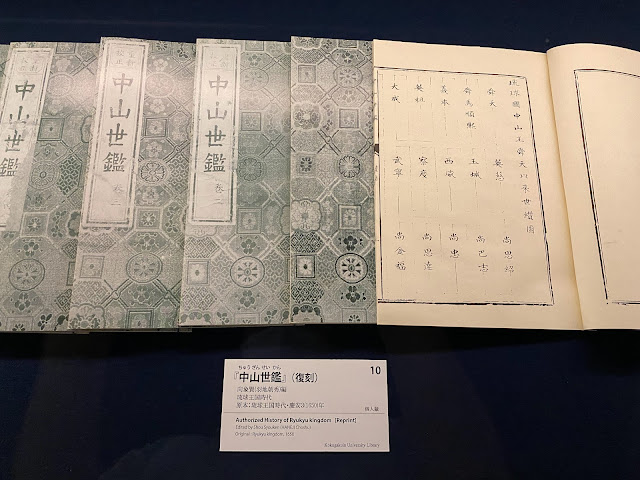今年は、沖縄がアメリカから日本に返還されて50年にあたる。
東京国立博物館などで大規模な沖縄展が開催されたが、小規模ながら、國學院大学博物館でも興味深い展覧会が開催された。
先史時代の遺跡に始まり、中山世鑑やおもしろそうしなどの琉球王国の歴史書、柳田國男や折口信夫などの民俗学者により沖縄研究などが展示、紹介されていた。
中でも、印象に残ったのは、返還前に使われていた、日本渡航証明書だった。沖縄がかつてはアメリカの占領下にあったことが、如実に感じられる展示だった。
かつては独立して琉球王国は、明治維新とともに日本に併合された。その後、太平洋戦争の末期には沖縄戦で多くの島民が犠牲になり、アメリカに占領されて、現在は日本の一つの都道府県になっている。
沖縄のこれからについて、どんな姿が沖縄の人々にとって一番幸せな姿なのかを考えると、複雑な気持ちで会場を後にした。
This year marks the 50th anniversary of Okinawa's return from the United States to Japan.
A large-scale Okinawan exhibition was held at the Tokyo National Museum and other places, but an interesting exhibition was also held at the Kokugakuin University Museum, albeit on a smaller scale.
Beginning with prehistoric ruins, history books of the Ryukyu Kingdom such as Nakayama Seikan and Omososhisoshi, and research on Okinawa by folklore scholars such as Kunio Yanagita and Shinobu Orikuchi were exhibited and introduced.
Above all, what left an impression on me was the Japan travel document that was used before the return. It was an exhibition where you can really feel that Okinawa was once under the occupation of the United States.
The once independent Ryukyu Kingdom was annexed by Japan with the Meiji Restoration. After that, at the end of the Pacific War, many islanders died in the Battle of Okinawa, and the island was occupied by the United States, and now it is one of Japan's prefectures.
I left the venue with mixed feelings when I thought about the future of Okinawa and what would be the happiest image for the people of Okinawa.







コメント
コメントを投稿